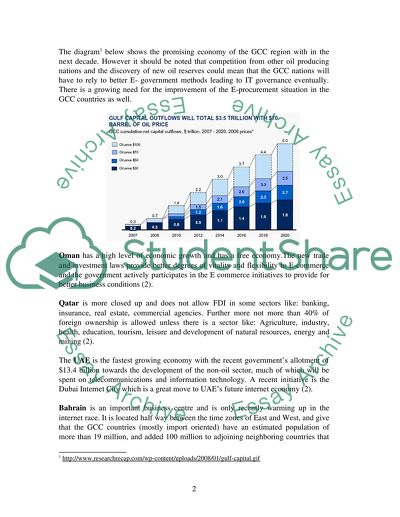Cite this document
(“The e-government and e-procurement situation in the GCC countries Research Paper”, n.d.)
Retrieved from https://studentshare.org/macro-microeconomics/1501991-the-e-government-and-e-procurement-situation-in-the-gcc-countries
Retrieved from https://studentshare.org/macro-microeconomics/1501991-the-e-government-and-e-procurement-situation-in-the-gcc-countries
(The E-Government and E-Procurement Situation in the GCC Countries Research Paper)
https://studentshare.org/macro-microeconomics/1501991-the-e-government-and-e-procurement-situation-in-the-gcc-countries.
https://studentshare.org/macro-microeconomics/1501991-the-e-government-and-e-procurement-situation-in-the-gcc-countries.
“The E-Government and E-Procurement Situation in the GCC Countries Research Paper”, n.d. https://studentshare.org/macro-microeconomics/1501991-the-e-government-and-e-procurement-situation-in-the-gcc-countries.


